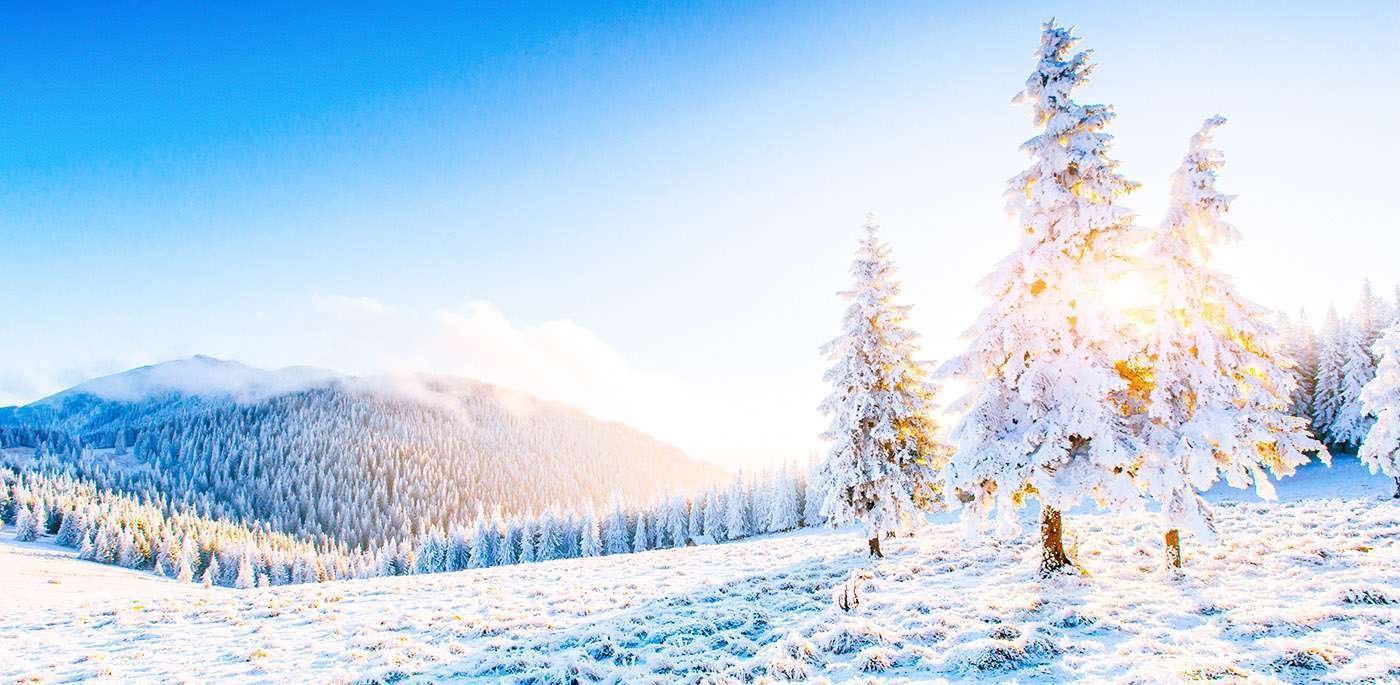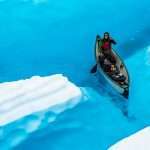To say that snow kayaking is an exhilarating experience would be a huge understatement. You are completely surrounded by the beauty of nature as you glide along pristine mountain slopes, tracking gently through untouched powder snow with each stroke of your paddle strokes becoming one fluid motion all together in harmony for this frozen paradise on earth!
Snow kayaking is the sport of paddling through snow. The main difference between snow kayaking and water kayaking is that instead of slicing through water with a paddle, you are gliding across snow on top of your kayak with your trusty paddle.
In short, snow kayaking is one of the most exhilarating activities you can do in your spare time. Imagine sliding down a mountain on an ice slope, with only yourself and nature for company? It sounds like nirvana!
2. Where Can I Do It?
Snow kayaking is popular in the mountain regions of America, Canada, and Sweden—wherever there is snow! You can put your own equipment together or buy one of these specially made kayaks online. Other than that, you just need cold weather, a good pair of winter clothes, and a mountain slope with snow on it!
3. Why Should I Do It?
Snow kayaking is one of the most exciting activities you can do in your spare time. It’s great exercise, and perfect for when you want to get in touch with nature in what would otherwise be a crowded sports center. Most importantly, though, it’s just plain fun! Nothing beats gliding across a frozen lake at speeds you never thought were possible.
4. Safety Tips and Precautions
Hypothermia
Another thing to consider is hypothermia, which occurs when your body temperature drops severely. If you are kayaking in the high mountains of North America or Northern Europe, it’s particularly important to make sure that you bring plenty of extra clothes and furs with you so that if you get wet and cold you will be able to change and warm up quickly.
Dehydration
Just because you will be surrounded by snows, it does not mean that you will not be affected by dehydration. The biggest threat here is dehydration, so make sure you have a bottle of water with you at all times to keep yourself hydrated throughout your snow kayaking trip! Also, you will need to make sure that water stays warm in those extreme conditions, so make sure you have a flask within easy reach.
Inexperience
One of the most important things to remember is that you should not be in a rush to try snow kayaking. If you are new, it’s best to start small and perfect your technique before heading out onto larger slopes with more ice.
Sun and Wind Exposure
If you are kayaking on a sunny day, make sure that you protect your skin and ears at all times. If necessary, invest in some sunscreen or ski goggles to keep out the harsh glare of the sun off the ice. Also, windburn is a common problem when you are exposed to high winds for too long without protection.
- Make sure you wear plenty of warm clothes
- Do not wear wet clothes as these can lead to hypothermia if not changed quickly enough
- Bring sunscreen with you if it’s a sunny day
- Windburn can be extremely painful so bring appropriate remedies with you
When you are snow kayaking, it’s important to make sure that you are wearing the right gear. This includes a winter jacket, gloves, ski pants or other waterproof outerwear, and another form of water proof footwear—snow boots are great for this look! You should also invest in some goggles or sunglasses to protect your eyes from the glare on the ice.
As with all things fun in nature, there is always an element of danger involved. Here are some safety tips to keep you out of harm’s way:
- Always go out with someone else so they can help if something happens
- Never go near cliffs or overhanging rocks
- Check whether or not there are any submerged objects under the ice before proceeding
- Wear a personal flotation device or lifejacket



